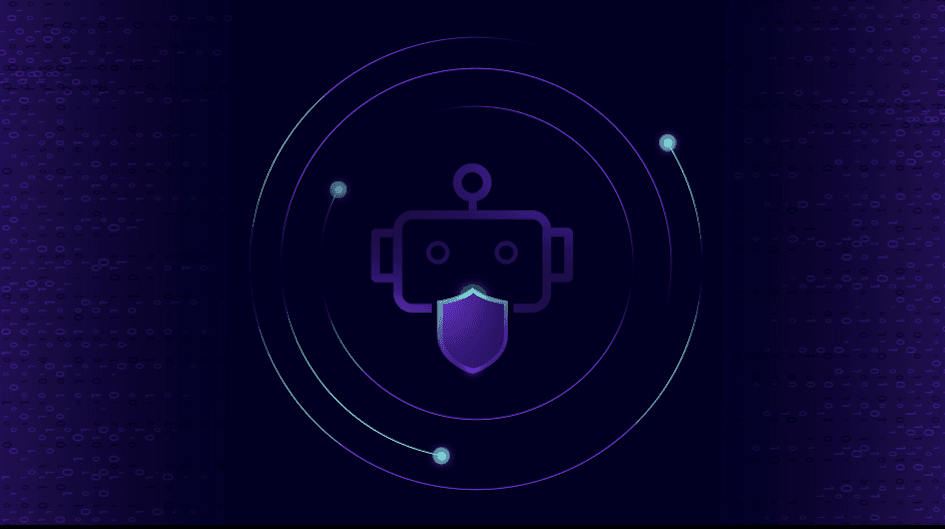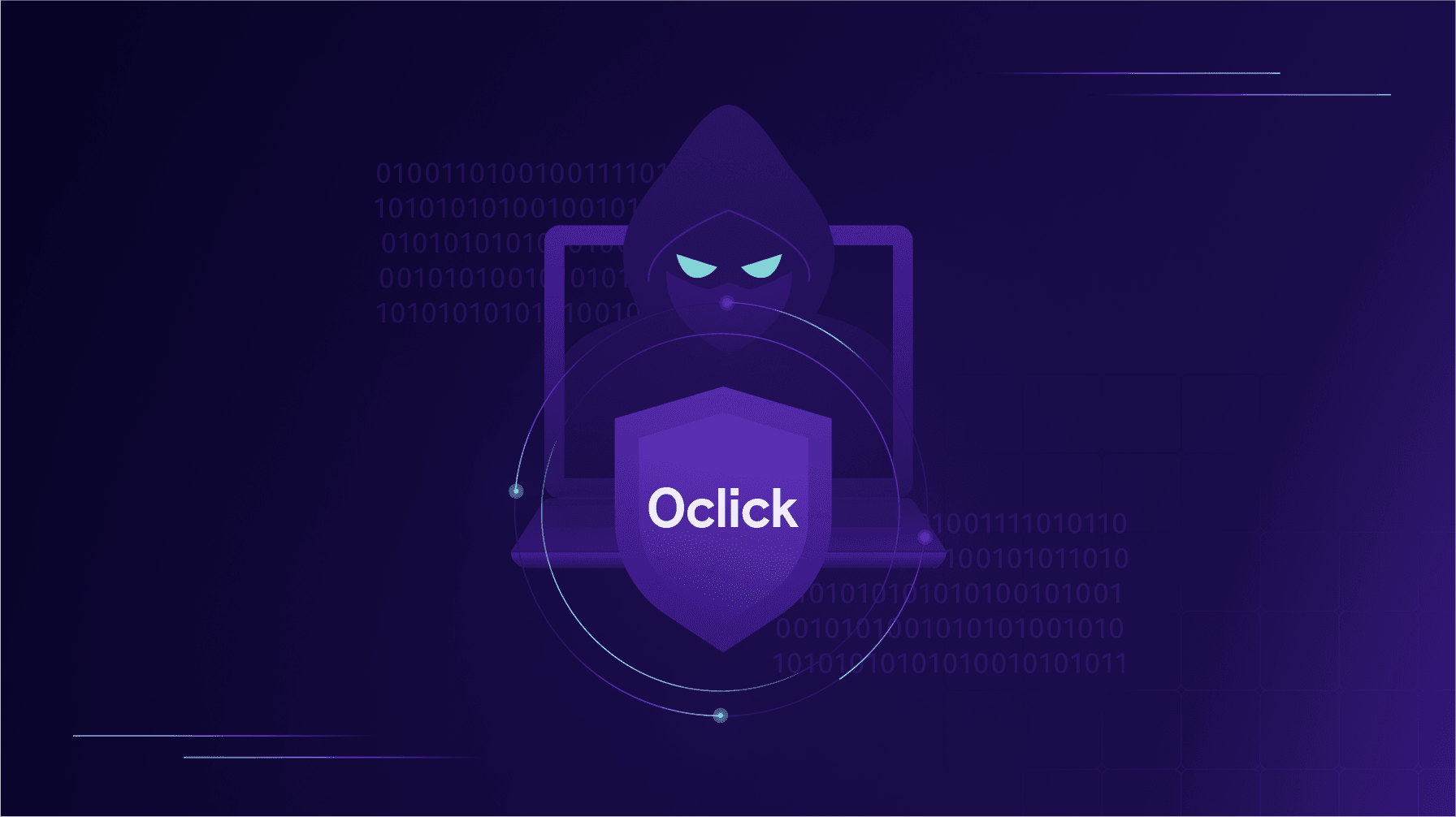Advanced Threat Protection for Apps Built Using AI

AI has undoubtedly revolutionized various industries, enhancing both efficiency and innovation through low-code and no-code platforms. Yet, this ease of development brings with it an increased burden of security. As business users and developers rapidly build applications, automations, and bots using AI, the complexity and volume of these creations amplify potential security vulnerabilities. More than ever, the focus is on safeguarding these applications against inadvertent security oversights and ensuring compliance, particularly with regulations like GDPR.
In this article, we’ll take a closer look at what the current security landscape looks like with AI applications. We’ll also examine how to address these systems’ inherent vulnerabilities. By addressing these issues, we aim to equip developers, security professionals, and industry leaders with the knowledge and tools to fortify their AI applications against advanced threats.
Unique Vulnerabilities and Security Challenges with AI Applications
Applications built using AI have become increasingly central to operations across numerous industries. These applications fall into two categories: those built with the assistance of AI copilots, like Salesforce’s or Microsoft’s Copilot Studio, and those that embed AI components within them, such as conversational bots. Both types of applications introduce different kinds of vulnerabilities and security challenges that require specialized attention.
One of the main vulnerabilities in AI-powered applications is prompt injection. In this type of attack, malicious users manipulate the AI to output data it shouldn’t, potentially exposing sensitive or private information. This occurs when an attacker uses cleverly crafted prompts to trick the AI into bypassing its intended restrictions or security measures.
Another significant risk is embedded identity, where someone builds an AI application and embeds their own identity into it. This can lead to security issues because anyone using the app appears to have the same level of access as the original builder, which can result in unintended access or privilege escalation.
Additionally, there’s the risk of over-sharing. Some AI platforms have default settings that share applications and plugins broadly across an organization. This can violate the principle of least privilege, leading to unintended exposure of sensitive information or granting access to users who don’t require it.
AI applications are also prone to adversarial attacks. In this type of attack, bad actors deliberately design data that looks normal to humans but causes the AI to output errors. These types of attacks exploit how the AI interprets data which in turn causes it to misclassify or misinterpret information.
Integrating Proactive Security Measures in AI Systems
When it comes to security measures in AI systems, an ounce of prevention is worth a pound of cure. Proactive measures that focus on strong defenses and continuous monitoring can help identify and neutralize threats quickly. Here are a few options that organizations can integrate to secure their AI systems and applications effectively.
Continuous Monitoring and Automated Response Systems
For AI-powered applications, continuous monitoring and automated responses at the individual app level are crucial for maintaining security. By deploying monitoring tools tailored to the specific app, administrators can track its performance and detect suspicious activity in real-time. Implementing models specifically designed to recognize malicious behaviors within the app can help identify potential threats early on.
Once a potential threat is detected within an application, the ability to respond swiftly is critical to limiting damage. Automated response systems can be configured to take immediate actions, such as temporarily halting affected processes, isolating suspicious data for further analysis, or rolling back the app to a known secure state. The key goal of these actions is to minimize the window of opportunity for attackers to exploit any vulnerabilities in the application.
Regular Security Assessments and Secure Data Practices
Proactively testing AI-powered applications for vulnerabilities is crucial at the individual app level. Regular security assessments and penetration tests help identify weak spots in specific applications before attackers can exploit them. These tests should closely mimic real-world scenarios and include attempts to exploit common vulnerabilities, as well as those unique to AI-powered apps.
Given that data is fundamental to the functioning of AI applications, ensuring its integrity and security at the individual app level is paramount. This involves implementing strong encryption for data at rest and in transit, applying granular data access controls, and maintaining detailed data validation processes. These measures help safeguard the application against threats such as data leaks or unauthorized access.
By focusing on securing the data within each individual application, developers and administrators can ensure both the app and its underlying AI model remain protected and functional.
Compliance and Regulatory Requirements for AI Security
Developing and adhering to AI-specific security frameworks and standards can make the integration of security measures possible throughout the lifecycle of the AI system. However, even with these frameworks in place, industry and regional regulations still need AI to work within their boundaries.
For example, the GDPR is needed for AI systems that process the data of EU citizens. GDPR imposes strict rules on data privacy and security. This means that companies must obtain explicit consent for data processing and ensure proper anonymization as well as provide individuals with the right to access, correct, and delete their data.
Of course, this is just one of many such regulatory frameworks AI operates. Others include the California Consumer Privacy Act, HIPAA, the Payment Card Industry Data Security Standard, and many more.
How Can Zenity Help?
Zenity offers a comprehensive solution for managing and securing AI applications across various environments, ensuring organizations meet required compliance and regulatory standards. Zenity makes it easy for professionals and citizen developers to seamlessly integrate security protocols into their AI apps at every stage of their creation, from development to deployment.
Zenity also offers real-time monitoring and anomaly detection tools, vital to maintaining compliance with regulations such as GDPR and HIPAA. Zenity’s advanced security features also help organizations implement proactive security measures such as automated threat detection and response, helping to safeguard sensitive data and the AI models themselves against emerging threats.
As AI technologies evolve and weave themselves into mission-critical aspects of business and society, maintaining these systems’ security cannot be overstated. By implementing proactive security measures and adhering to stringent compliance and regulatory standards, Zenity plays an essential role in the process. The platform offers the tools and expertise needed to ensure that AI systems are effective, efficient, and compliant.
Take steps now to protect your organization legally and financially by reinforcing the reliability and integrity of your AI-driven operations. Learn more at Zenity.io.
Read More: And That’s a Wrap on RSAC 2024
Read More: Empowering Governance in AI-Driven Citizen Development
Read More: Empowering Citizen Developers with Zenity’s AI Tools
Related blog posts

Demystifying AI Agent Security
Let me be the first to say it, this space - AI agent security and governance - can be confusing. When I joined...

Zenity Joins the Microsoft Security Store: Securing AI Agents Everywhere, Together
We’re thrilled to share that Zenity is included in the unveiling of the Microsoft Security Store Partner Ecosystem....

0Click Attacks: When TTPs Resurface Across Platforms
If there’s one lesson security teams should take from recent disclosures, it’s this: AI agent attack techniques...
Secure Your Agents
We’d love to chat with you about how your team can secure and govern AI Agents everywhere.
Get a Demo